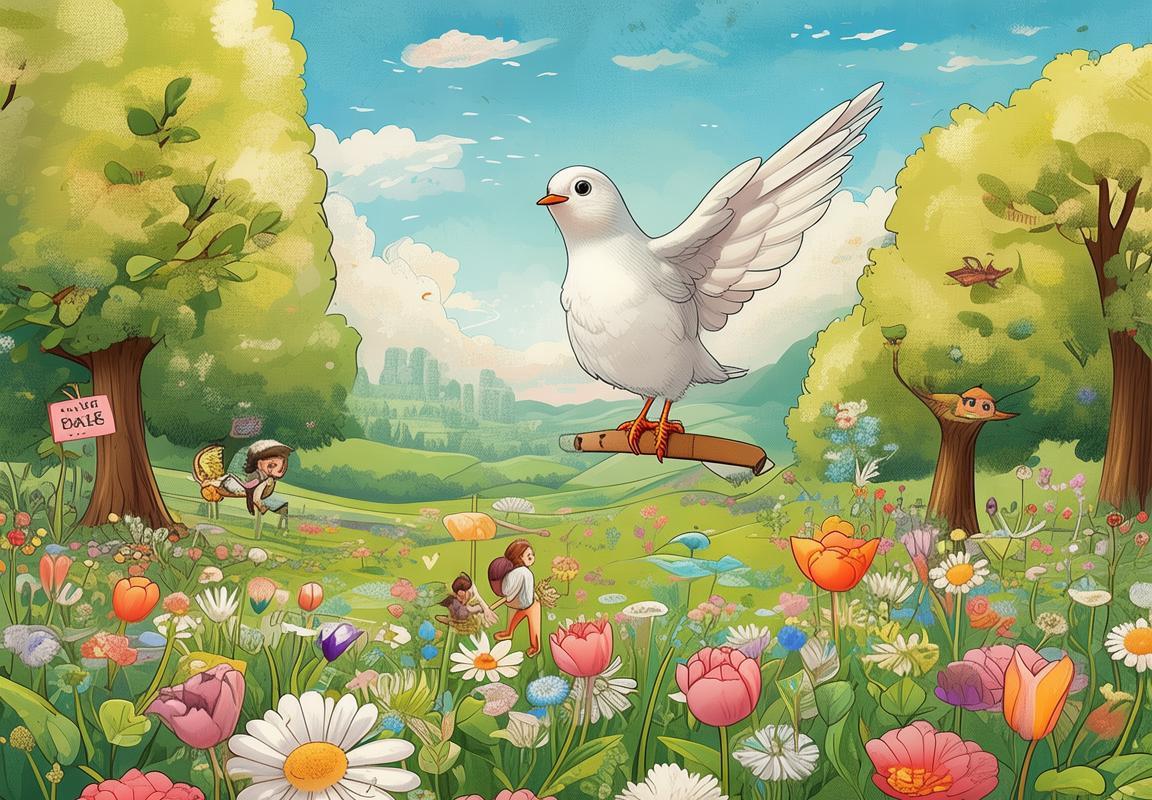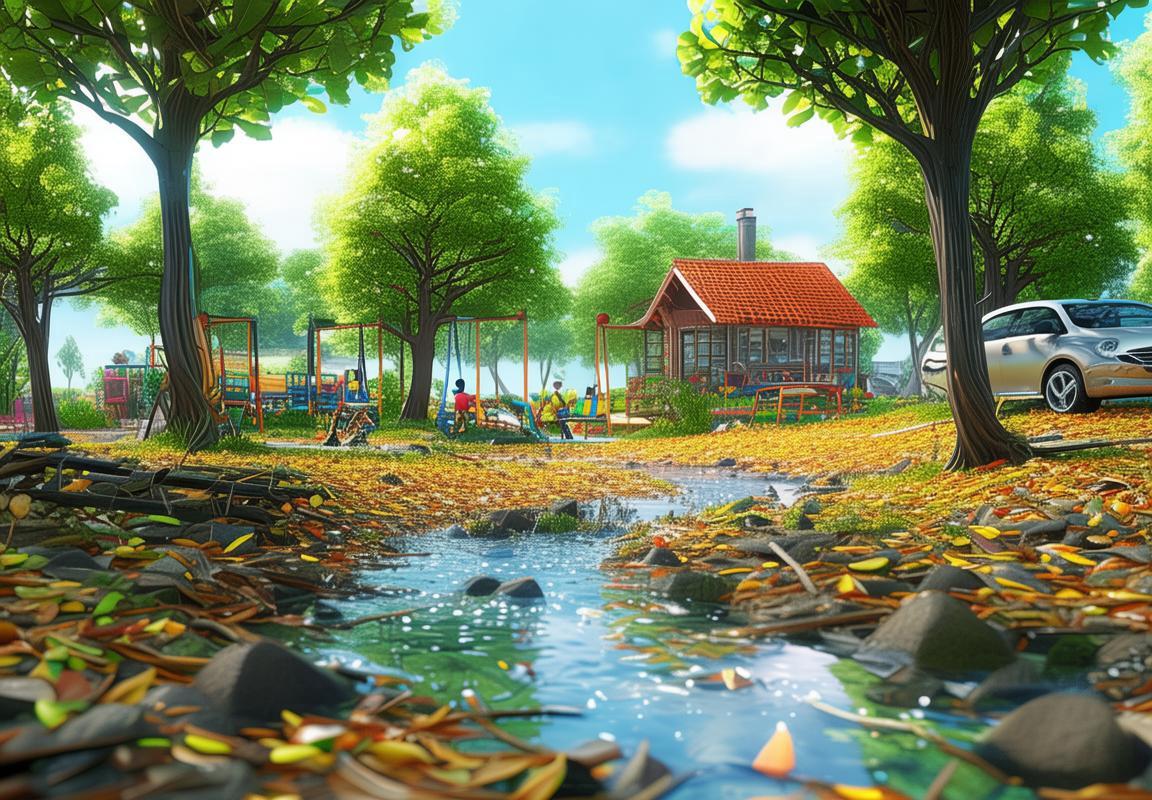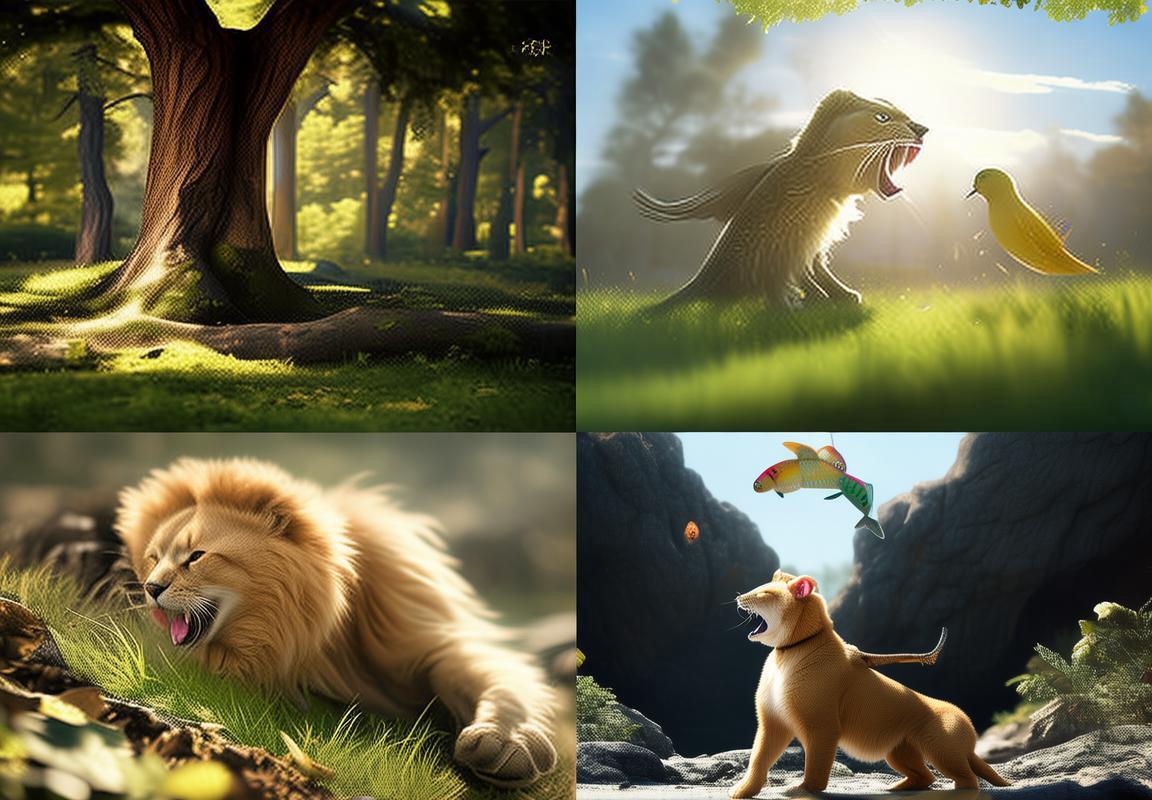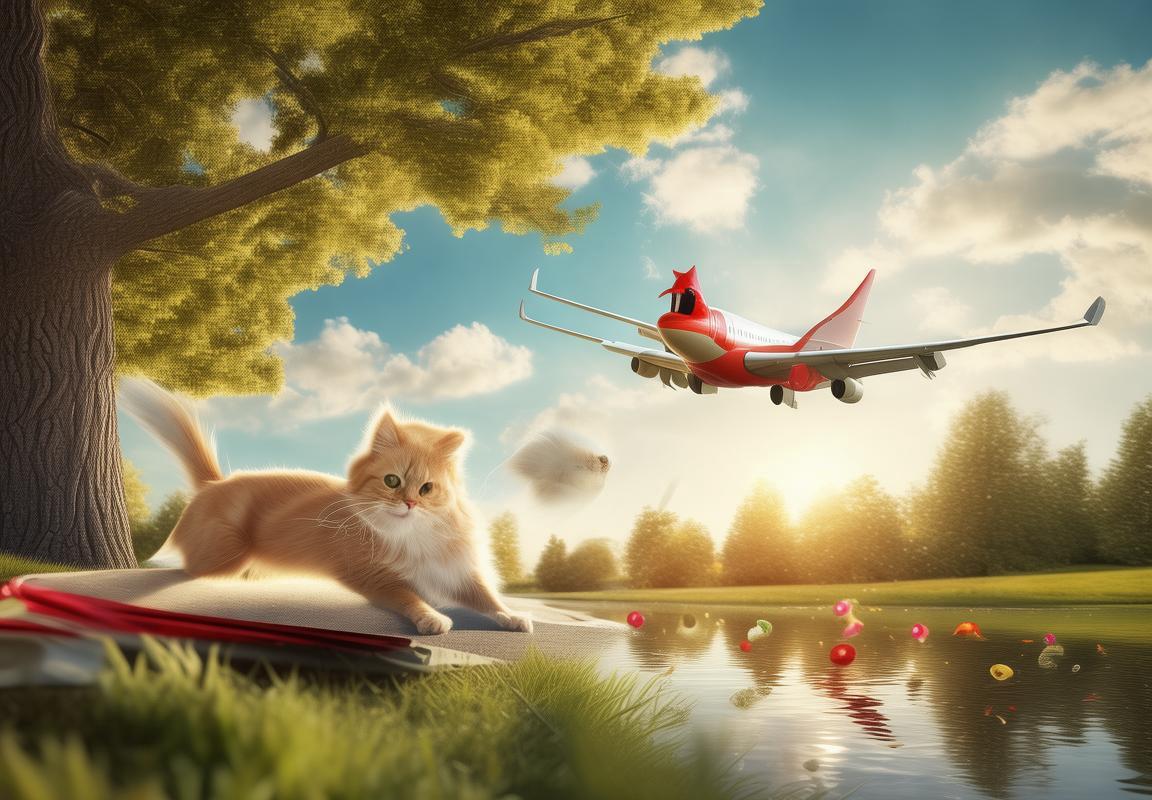ีแบบเรามฝึกหัดการเขียนภาษาอังกฤษสำหรับเด็ก โดยใช้เรื่องราวสัตว์ ซึ่งเป็นวิธีที่น่าสนุกและเป็นทางเลือกที่ดีสำหรับเด็กที่ต้องการเรียนภาษาอังกฤษด้วยวิธีที่ไม่เหนื่อยๆ บทนี้จะมีส่วนของการเล่นและการสนุกสนานที่จะช่วยเด็กในการฝึกเขียนตัวอักษรอย่างง่ายๆ และเรียงตามลำดับความยากเพื่อให้เด็กสามารถเรียนรู้และฝึกเขียนได้โดยง่าย โดยมีภาพสัตว์ที่ดูดวงตาเพื่อช่วยเด็กในการจำคำศัพท์และการฝึกเขียนตัวอักษรอย่างง่ายๆ อย่างไรก็ตาม เราจะมีขอบขอบเรียงตามลำดับที่เล็กๆ จนถึงที่ใหญ่ๆ ให้เด็กสามารถฝึกเขียนได้ทั้งสิ้น และเรียงตามลำดับที่เล็กๆ จนถึงที่ใหญ่ๆ ให้เด็กสามารถฝึกเขียนได้ทั้งสิ้น และเรียงตามลำดับที่เล็กๆ จนถึงที่ใหญ่ๆ ให้เด็กสามารถฝึกเขียนได้ทั้งสิ้น
หน้าแรก:ภาพแสดง
เรื่องเล่า: The White Bird’s Adventure in the Park
Once upon a time, in a beautiful public park, there was a white bird named Wren. Wren was not like other birds; he loved to explore and learn new things. One sunny morning, Wren decided to embark on a new adventure.
As Wren flew over the park, he saw many colorful flowers blooming. “I wonder what kind of flowers these are,” thought Wren. He landed on a petal and looked around. He saw a daisy, a tulip, and a rose. Wren thought to himself, “These flowers are beautiful, but I don’t know their names in English.”
So, Wren flew to the nearest playground, where he met a little girl named Lily. Lily was playing with her friends, and she was very happy to meet Wren. “Hello, little bird,” said Lily. “What’s your name?”
“Wren,” replied Wren, “and I am on an adventure to learn new things.”
Lily smiled and said, “That’s great! Do you want to play with us?”
“Yes, please!” said Wren. So, Wren joined Lily and her friends. They were playing hide and seek when Wren noticed something unusual. There was a tree with a sign that said, “Please help take care of our park.”
Wren became curious and asked Lily, “What does this sign mean?”
Lily explained, “It means we should take care of our park and keep it clean.”
Wren decided to help. He started picking up trash and showing the other children how to take care of the park. The children were impressed, and they joined Wren in cleaning the park.
As they cleaned, Wren learned new words from Lily and her friends. They taught him “tree,” “flower,” “park,” and “clean.” Wren was very happy and decided to fly around the park, looking for more things to learn.
He saw a butterfly, a squirrel, and a duck. He learned “butterfly,” “squirrel,” and “duck” in English. Wren also learned about the sun, the sky, and the wind. He realized that there were many things to learn in the park.
Finally, the day ended, and Lily invited Wren to her house for dinner. “I’m glad you came to our park,” said Lily. “It was fun learning new things with you.”
Wren thanked Lily and her friends for their kindness and knowledge. He promised to visit again soon.
And so, Wren’s adventure in the park came to an end. He had learned many new things and made new friends. Wren was a happy bird, and he knew that his adventure was just beginning.
The end.

หน้าที่1:หาคำศัพท์
หน้าที่ 1: หาคำศัพท์
- ภาพ: ภาพหนึ่งที่มีหลายสิ่งแวดล้อมต่างๆ อยู่ด้วยกัน (ต้นไม้, ต้นไม้ที่ตก, แผ่นดิน, น้ำ, หน้าที่เล่น, หลังคาบ้าน, รถยนต์, และอื่นๆ)
- ข้อความ: “Can you find the words related to the environment in the picture?”
- ภาพ: ภาพที่มีหลายตัวอักษรที่เป็นคำศัพท์ที่เกี่ยวกับสิ่งแวดล้อม (tree, leaf, soil, water, playground, house, car, etc.)
- ข้อความ: “Find the words and circle them in the picture.”
หน้าที่ 2: อธิบายคำศัพท์
- ภาพ: ภาพที่มีหลายตัวอักษรที่เป็นคำศัพท์ที่เกี่ยวกับสิ่งแวดล้อม
- ข้อความ: “What do these words mean? Circle the word and write its meaning below.”
- ภาพ: ภาพที่มีหลายตัวอักษร (tree, leaf, soil, water, playground, house, car)
- ข้อความ: “Circle the word and write its meaning below.”
หน้าที่ 3: การเรียกคำศัพท์
- ภาพ: ภาพที่มีหลายตัวอักษรที่เป็นคำศัพท์ที่เกี่ยวกับสิ่งแวดล้อม
- ข้อความ: “Call out the words you find in the picture.”
- ภาพ: ภาพที่มีหลายตัวอักษร (tree, leaf, soil, water, playground, house, car)
- ข้อความ: “Call out the words you find in the picture.”
หน้าที่ 4: สร้างประโยค
- ภาพ: ภาพที่มีหลายตัวอักษรที่เป็นคำศัพท์ที่เกี่ยวกับสิ่งแวดล้อม
- ข้อความ: “Use the words to make a sentence. For example: ‘I see a tree.’”
- ภาพ: ภาพที่มีหลายตัวอักษร (tree, leaf, soil, water, playground, house, car)
- ข้อความ: “Use the words to make a sentence. For example: ‘I see a tree.’”
หน้าที่ 5: การปรับปรุงภาพ
- ภาพ: ภาพที่มีหลายตัวอักษรที่เป็นคำศัพท์ที่เกี่ยวกับสิ่งแวดล้อม
- ข้อความ: “Color the picture using the words you have learned.”
- ภาพ: ภาพที่มีหลายตัวอักษร (tree, leaf, soil, water, playground, house, car)
- ข้อความ: “Color the picture using the words you have learned.”
หน้าที่ 6: การประเมินผล
- ภาพ: ภาพที่

หน้าที่2:อธิบายคำศัพท์
หน้าที่ 2: อธิบายคำศัพท์
- tree (ต้นไม้): A tall plant with a wooden trunk and branches that bear leaves. Trees are used for oxygen production, providing shade, and as a habitat for animals.
- leaf (ใบไม้): The green part of a tree that helps in photosynthesis, where the tree makes its food from sunlight.
- soil (แผ่นดิน): The layer of earth that covers the surface of the ground. It is rich in nutrients and supports plant growth.
- water (น้ำ): A clear, tasteless, odorless liquid that is essential for life. It is found in rivers, lakes, oceans, and is used for drinking, cooking, and irrigation.
- playground (หลังคาเล่น): A place where children can play, with equipment like swings, slides, and seesaws.
- house (บ้าน): A building where people live, with rooms for sleeping, eating, and other activities.
- car (รถ): A vehicle with four wheels that is used to transport people and goods. Cars run on gasoline or electricity.
- dog (หมา): A domesticated carnivorous mammal known for its loyalty and companionship. Dogs come in various breeds and sizes.
- cat (แมว): A small, typically furry mammal, often kept as a pet for its companionship and hunting skills. Cats are known for their independence.
- bird (นก): A warm-blooded egg-laying vertebrate characterized by a beak with no teeth and wings. Birds are known for their ability to fly.
กิจกรรม: ให้เด็กหมายิ้มคำศัพท์ที่อยู่ในภาพและแสดงความเข้าใจของเขา/เธอที่จะวาดหรือเขียนคำศัพท์ที่อยู่ในภาพไว้ในบัตรกระดาษของเขา/เธอเอง. นอกจากนี้ ให้เด็กหมายิ้มคำศัพท์และกล่าวความหมายของมันในภาษาอังกฤษเพื่อเพิ่มความเข้าใจต่อเรื่องราวและภาพที่ใช้เป็นตัวช่วยเรียนรู้.

หน้าที่3:การเรียกคำศัพท์
หน้าที่ 3: การเรียกคำศัพท์
- The cat is sitting under the tree. Can you say “cat”?
- What color is the bird? It’s yellow. Can you say “yellow”?
- The dog is playing with a ball. Can you say “dog”?
- The bird is flying in the sky. Can you say “sky”?
- The fish is swimming in the water. Can you say “fish”?
- The bear is sleeping in the cave. Can you say “bear”?
- The turtle is walking slowly. Can you say “turtle”?
- The lion is roaring in the jungle. Can you say “lion”?
- The rabbit is hopping in the field. Can you say “rabbit”?
- The elephant is drinking water from the river. Can you say “elephant” and “river”?
ผลการฝึก: หลังจากเด็กสามารถเรียกคำศัพท์ที่มีในภาพได้ คุณสามารถขอให้เด็กจำคำศัพท์ดังกล่าวและอธิบายถึงภาพที่มีคำศัพท์นั้นอยู่ด้วยเช่นกัน。

หน้าที่4:สร้างประโยค
- “The cat is sitting under the tree.”
- “The dog is playing with a ball.”
- “The bird is flying in the sky.”
- “The fish is swimming in the water.”
- “The child is reading a book.”
- “The teacher is teaching the class.”
- “The car is driving on the road.”
- “The plane is flying in the air.”
- “The train is moving on the tracks.”
- “The boat is sailing on the ocean.”
- “The sun is shining in the sky.”
- “The moon is shining at night.”
- “The flowers are blooming in the garden.”
- “The animals are sleeping in their homes.”
- “The children are playing in the playground.”
- “The birds are chirping in the morning.”
- “The trees are swaying in the wind.”
- “The water is sparkling in the sunlight.”
- “The sand is warm on the beach.”
- “The mountains are tall and majestic.”

หน้าที่5:การปรับปรุงภาพ
หน้าที่ 5: การปรับปรุงภาพ
ภาพแรก: ภาพสวนสัตว์– ภาพ: ภาพสวนสัตว์ที่มีหลากหลายสัตว์อยู่ด้วยกัน หรือ ภาพหนึ่งที่มีสัตว์ที่มีความสำคัญในเรื่องราวของเด็ก- ข้อความ: “Can you color the picture? Use the colors you like!”
ภาพที่ 2: ภาพสัตว์น้ำ– ภาพ: ภาพของสัตว์น้ำเช่น ปลา หรือ หมอกในทะเล- ข้อความ: “What color is the fish? Circle it and color it in the picture.”
ภาพที่ 3: ภาพสัตว์ป่า– ภาพ: ภาพของสัตว์ป่าเช่น แรง หรือ แก้ว- ข้อความ: “Which animal is brown? Find it in the picture and color it.”
ภาพที่ 4: ภาพสิ่งแวดล้อม– ภาพ: ภาพของสิ่งแวดล้อมเช่น ต้นไม้ หรือ แผ่นดิน- ข้อความ: “Can you color the trees? Use the green color for the leaves.”
ภาพที่ 5: ภาพของเด็ก– ภาพ: ภาพของเด็กที่กำลังเล่นหรือกำลังตรวจสอบสัตว์- ข้อความ: “Color the child in the picture. What color is the sky? Use the blue color.”
ภาพที่ 6: ภาพสิ่งของในสวน– ภาพ: ภาพของสิ่งของที่เด็กชอบในสวนเช่น ลูกบอล หรือ ของเล่น- ข้อความ: “Can you color the toys? Use different colors for each toy.”
ภาพที่ 7: ภาพสัตว์เลี้ยง– ภาพ: ภาพของสัตว์เลี้ยงเช่น แกะ หรือ นก- ข้อความ: “Which animal is black and white? Find it in the picture and color it.”
ภาพที่ 8: ภาพของเครื่องมือ– ภาพ: ภาพของเครื่องมือที่ใช้ในสวนเช่น หมอก หรือ แปรง- ข้อความ: “Color the tools. What color is the shovel? Use the brown color.”
ภาพที่ 9: ภาพของสิ่งแวดล้อมที่มีสี– ภาพ: ภาพของสิ่งแวดล้อมที่มีสี หรือ ภาพที่มีหลายสิ่งแวดล้อมต่างๆ- ข้อความ: “Can you color the environment? Use the colors you like for each part.”
ภาพที่ 10: ภาพสุดท้าย– ภาพ: ภาพที่รวมเ

หน้าที่6:การประเมินผล
หลังจากที่เด็กได้ทำงานหน้าที่ต่างๆ แล้ว ขอบคุณที่จะมาถึงหน้าที่สุดท้ายของเกมนี้ หน้าที่ที่เราจะประเมินผลการทำงานของเด็กและเพื่อนๆของเขา โดยเราจะทำตามขั้นตอนดังนี้:
-
ประเมินคำศัพท์: จะมีการตรวจสอบคำศัพท์ที่เด็กหลุดมาจากภาพเขียนที่เขา/เธอทำขึ้น และจะมีคำชมและคำสั่งสร้างเพื่อเป็นการเล่นและการเรียนรู้เดียวกัน
-
ประเมินประโยค: เด็กจะถูกขอให้อธิบายคำศัพท์ที่เขา/เธอหลุดมา และจะถูกขอให้ใช้คำศัพท์เหล่านั้นเพื่อสร้างประโยคที่สมบูรณ์และมีความหมาย
-
ประเมินการเขียน: จะมีการตรวจสอบตัวอักษรที่เด็กเขียนขึ้น โดยเน้นบนความเรียบร้อยและความถูกต้องของตัวอักษร
-
ประเมินการเล่นเกม: จะมีการชื่นชมเด็กที่เข้าใจและทำงานอย่างดีในเกมนี้ และเป็นที่มาของความตื่นเต้นและความยินยอม
-
ประเมินการปรับปรุงภาพ: เด็กจะถูกขอให้ใช้สีที่เขา/เธอทราบเกี่ยวกับคำศัพท์ที่เขา/เธอหลุดมา และจะมีการชื่นชมความสวยงามและความเข้าใจของเด็ก
-
ประเมินการปรับปรุงภาพ: จะมีการตรวจสอบภาพที่เด็กทำขึ้น โดยเน้นบนความสมบูรณ์และความถูกต้องของภาพ
-
ประเมินการปรับปรุงภาพ: จะมีการชื่นชมเด็กที่มีความสร้างสรรค์และมีความรับรู้ต่อสิ่งแวดล้อม
-
ประเมินการปรับปรุงภาพ: จะมีการตรวจสอบภาพที่เด็กทำขึ้น โดยเน้นบนความสมบูรณ์และความถูกต้องของภาพ
9
